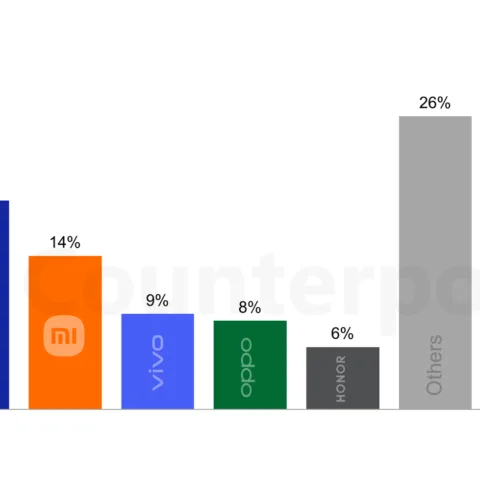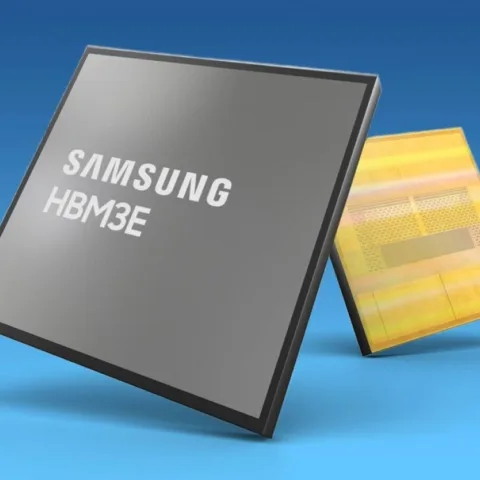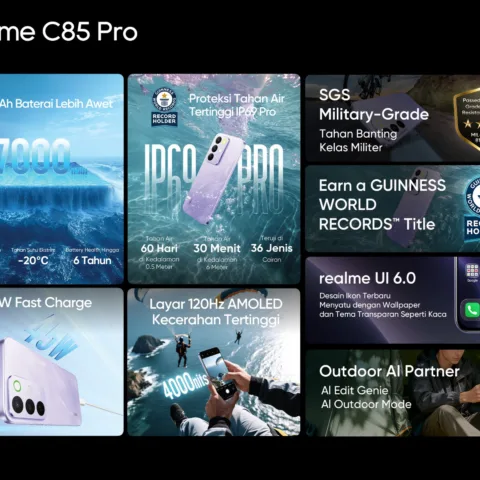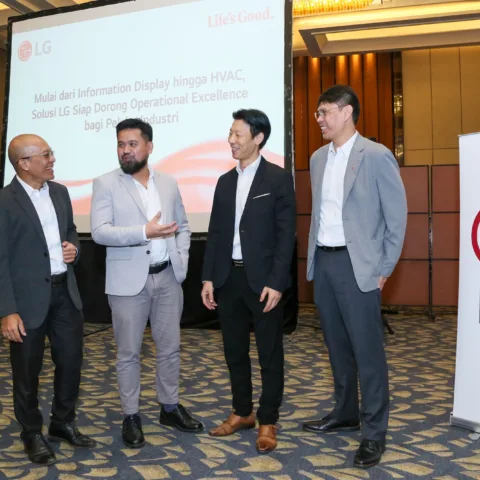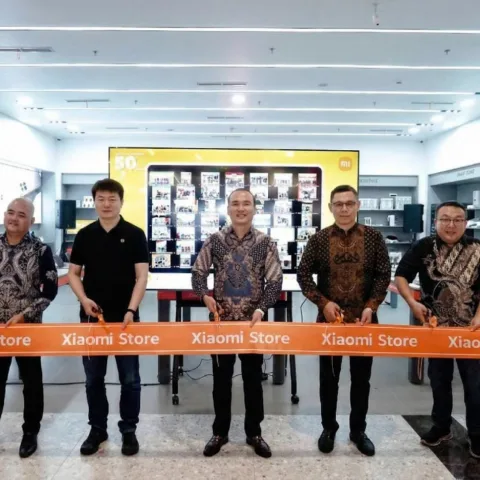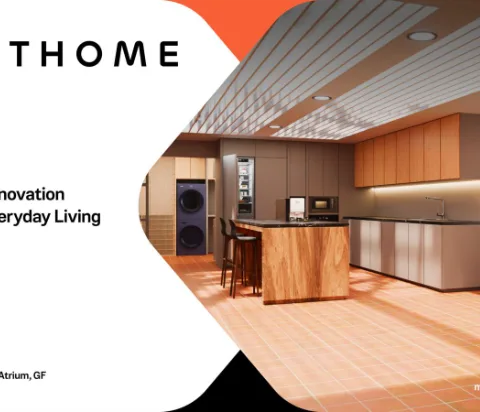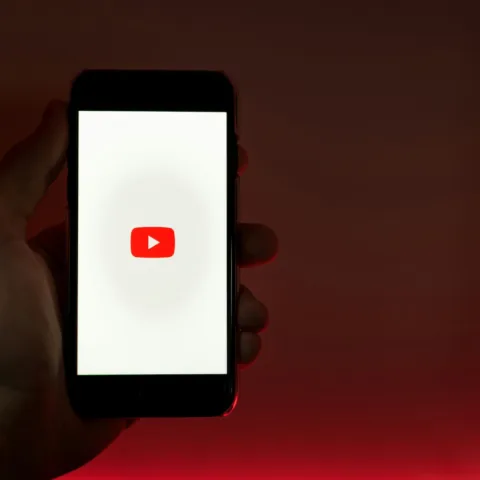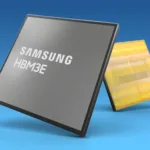Data from ChangeWave Research show that from 2010, North American consumers are becoming less satisfied with their smartphone platforms of choice. While the iPhone is still the most loved smartphone, it’s not immune to the slowly growing dissatisfied group of consumers and BlackBerry phone owners still hate their phones.
iPhone users notched a slight bump to 71% in 2012 from 70% in 2011 but it’s still below the 77% recorded in 2010. While Windows Phone owners are still happier than Android owners about their phones, they recorded a 4% drop from 57% in 2011 to 53% in 2012.
Android phone owners though are increasingly unhappy about their phones. Averaging at 60% in 2010, the satisfaction rate fell to 50% in 2011 and 48% in 2012. BlackBerry owners are the least satisfied of the bunch, dropping from 44% in 2010 to 26% in 2011 and keeping steady for 2012.
For 2010, ChangeWave presented data for Android phones separately between the three largest vendors, Motorola (71%), HTC (63%), and Samsung (45%). The 60% presented on the chart is an average of those three figures. As Windows Phone was released at the end of 2010, there was no data for the platform for that year.
 Note that these are results of those who responded that they are “very satisfied” with their phones. We weren’t able to gather data on the entirety of the findings, which means that those who are plain “satisfied” are not represented. Additionally, the data reflects overall platform satisfaction rate.
Note that these are results of those who responded that they are “very satisfied” with their phones. We weren’t able to gather data on the entirety of the findings, which means that those who are plain “satisfied” are not represented. Additionally, the data reflects overall platform satisfaction rate.
The more pressing concern from these results is to find out why they are declining and whether consumers are willing to switch to another platform. Android adoption is clearly growing despite these results and people are buying larger and larger devices, which leads to the question, how much are consumers willing to put up with the decreasing levels of satisfaction before they consider switching to a different platform?
In the past, when the data was presented in more details, it showed different model phones with varying responses. For example, Motorola phone owners were the happiest group of Android users back in 2010 with Droid 2 owners leading the pack, almost equalling iPhone 4 owners.
Unfortunately there’s no data published for the Southeast Asian market from any vendor, which means many companies might rely on these North American findings to determine their strategies when consumer behavior and values may differ across the different markets.
Given that Southeast Asian smartphone penetration rate is still below that of North America, there should be more interest in the region which is home to more than 600 million people, greater than North America. Those paying attention to this market should watch for the growth of the mid range smartphones costing less than $400 outright.
While Android is the prevailing platform in Southeast Asia it would be valuable to find out the purchase intentions of these consumers as well as their satisfaction rates and compare that to the results from the North American findings.
It would seem, at least from regular observation, that Android phone owners in Southeast Asia are quite happy with their devices and are willing to not only repurchase but recommend to others as well. Without a comprehensive data however, this remains only an observation.
North American Smartphone satisfaction data was gathered from SplatF, Business Insider, and Macworld.

